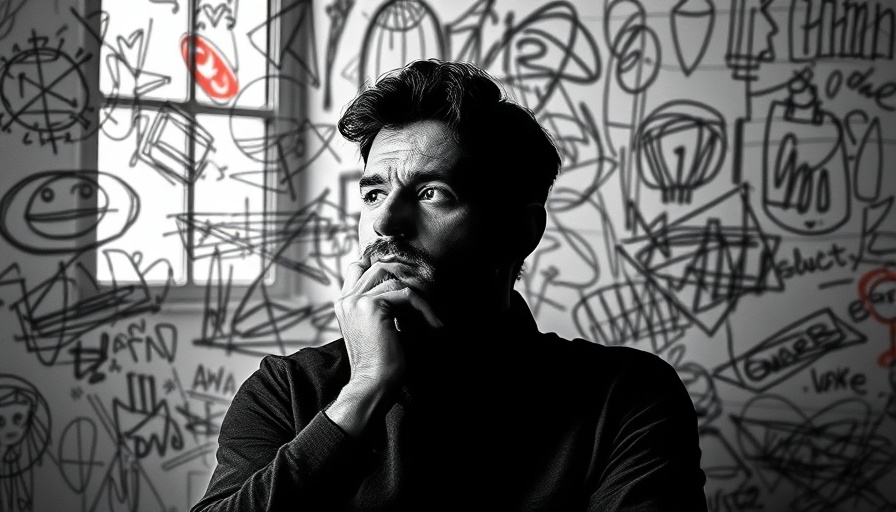
Paul Pope: A Comic Artist Caught in the Age of AI
In the world of comics, few names ring as loud as Paul Pope. Renowned for his stunning artistry and narrative prowess, Pope has created iconic works like Batman: Year 100 and Battling Boy. However, after a long hiatus, he is reemerging with a new exhibition and an expanded art book, PulpHope2: The Art of Paul Pope. Yet, it’s not just creativity he is concerned about—he expresses greater anxiety over the implications of advanced technology, specifically killer robots, rather than the threat of AI plagiarism.
The Return of a Master
Pope has long voiced frustration about the lengthy processes involved in creating graphic novels. He acknowledged that publishers often oversee these projects, which can prevent artists from sharing their progress. Now, with a career retrospective on display at the Philippe Labaune Gallery in New York, the public can finally appreciate his artistry up close. In addition to the expanded art book, the release of a self-published science fiction series, THB, is set for fall, signaling a major comeback for the artist.
The Landscape of AI in the Comics Industry
Despite the excitement surrounding his return, Pope is acutely aware of the shifting landscape in the comics industry. As AI-generated art gains traction, many creators are taking a stand. Copyright lawsuits have emerged, challenging AI companies using artists' work without consent. While some artists are concerned about losing their originality to AI, Pope finds focus elsewhere. "I’m less concerned about having some random person create some image based on one of my drawings than I am about killer robots and surveillance and drones,” he reflected during a recent interview.
Humbling Reality of Technology in Creativity
Pope's stance highlights an often overshadowed aspect of the technology debate in the arts. The proficient blending of human creativity and advanced technology can lead to challenges that extend beyond mere imitation. He expresses understanding in using AI tools for research, indicating a nuanced outlook. However, it begs a deeper question—can we truly integrate AI into creative processes without losing the essence of artistic integrity?
Future Insights: The Potential of AI and Comic Art
As AI continues to develop, the potential for cartoonists to utilize these tools grows. Currently, creators like Pope are finding ways to merge traditional and digital techniques. This convergence could foster new storytelling methods, but it will require artists to navigate the pitfalls of originality versus automation. The fear of replacement looms large, but so does the potential for unprecedented collaboration between man and machine. Only time will reveal how this relationship will shape the future of comic art.
Human Perspective: What Does It Mean for Artists?
Pope's perspective resonates with many in the arts community who feel left behind by swift technological advancements. Artists face the dual challenge of nurturing their creative spirit while adapting to an environment where their work can be easily replicated or altered. What does it mean for an artist's worth when AI can mimic their style? It's a question that deserves attention as we embrace these innovations.
A Call for Dialogue and Reflection
Paul Pope’s narrative invites artists and tech enthusiasts alike to engage in crucial conversations about the intersection of technology and creativity. As the art world evolves, it is imperative to consider both the artistic risks and opportunities that accompany AI. With public exhibitions like Pope’s gaining attention, now is a pivotal moment to advocate for the preservation of artistic integrity while exploring the advantages of technological advancements.
The future hangs in the balance, and as creators, technologists, and audiences, we must engage with these pressing issues. By understanding and collaborating, we can navigate this transformation together and ensure that human creativity remains at the center of innovation.
 Add Row
Add Row  Add
Add 



Write A Comment